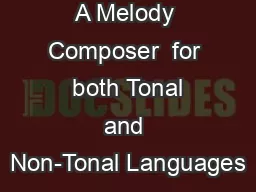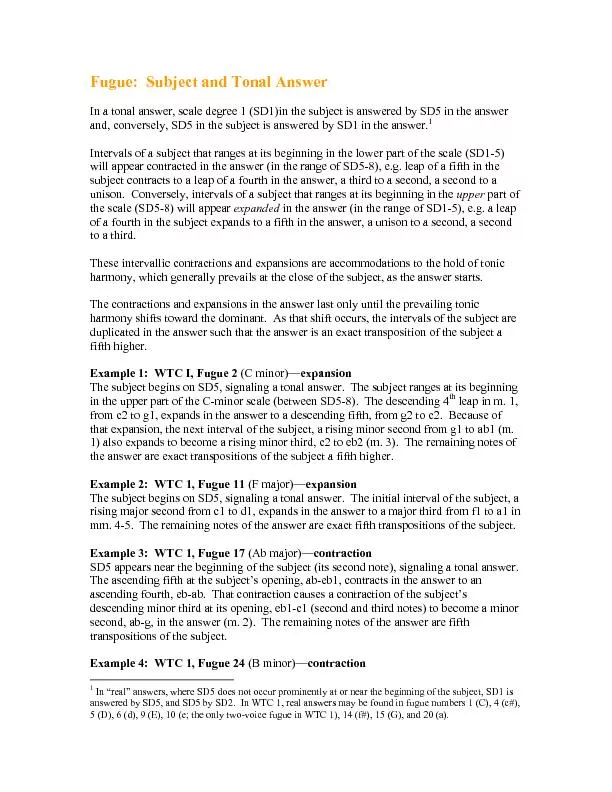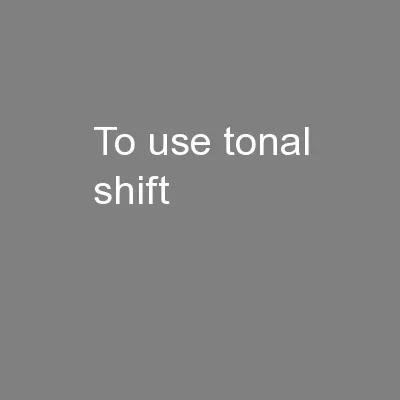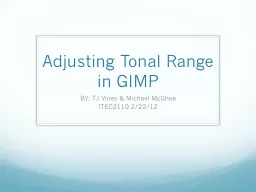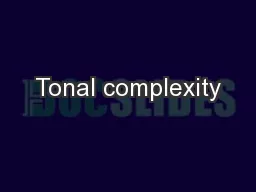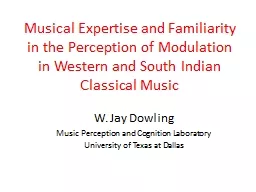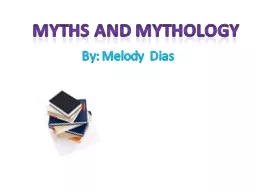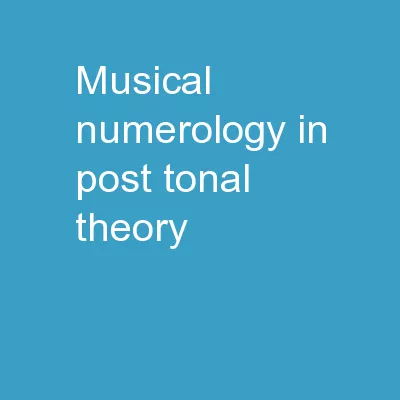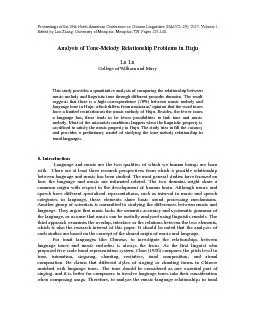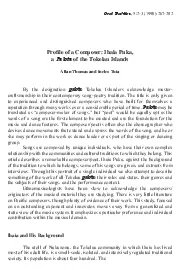PPT-A Melody Composer for both Tonal and Non-Tonal Languages
Author : debby-jeon | Published Date : 2018-03-21
Coleman Yu Raymond ChiWing Wong The Hong Kong University of Science and Technology cyuabcseusthk raywongcseusthk ICMC 2017 16102017 1 Presented by Coleman The
Presentation Embed Code
Download Presentation
Download Presentation The PPT/PDF document "A Melody Composer for both Tonal and N..." is the property of its rightful owner. Permission is granted to download and print the materials on this website for personal, non-commercial use only, and to display it on your personal computer provided you do not modify the materials and that you retain all copyright notices contained in the materials. By downloading content from our website, you accept the terms of this agreement.
A Melody Composer for both Tonal and Non-Tonal Languages: Transcript
Download Rules Of Document
"A Melody Composer for both Tonal and Non-Tonal Languages"The content belongs to its owner. You may download and print it for personal use, without modification, and keep all copyright notices. By downloading, you agree to these terms.
Related Documents

